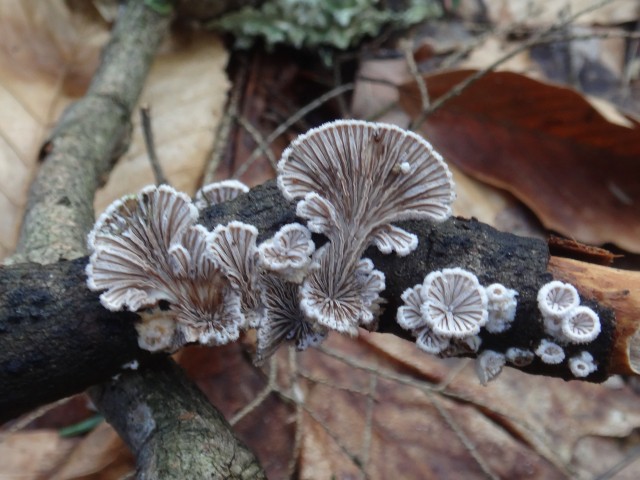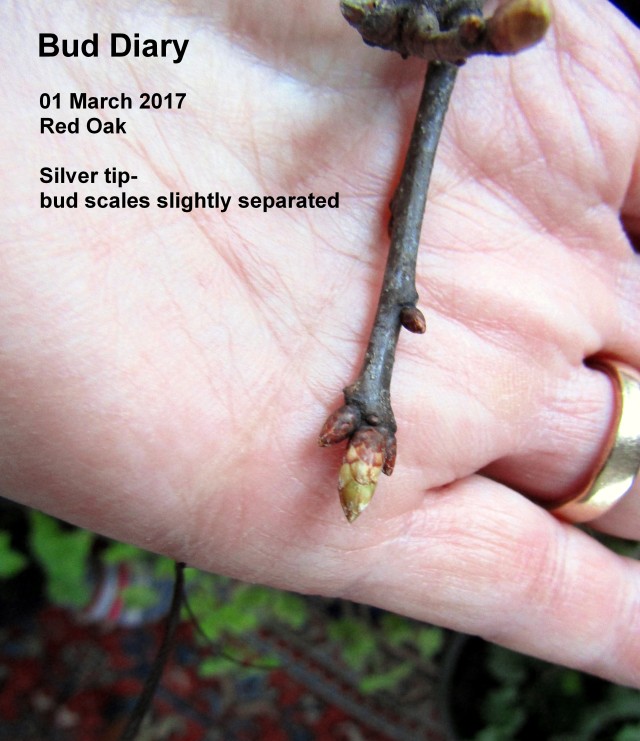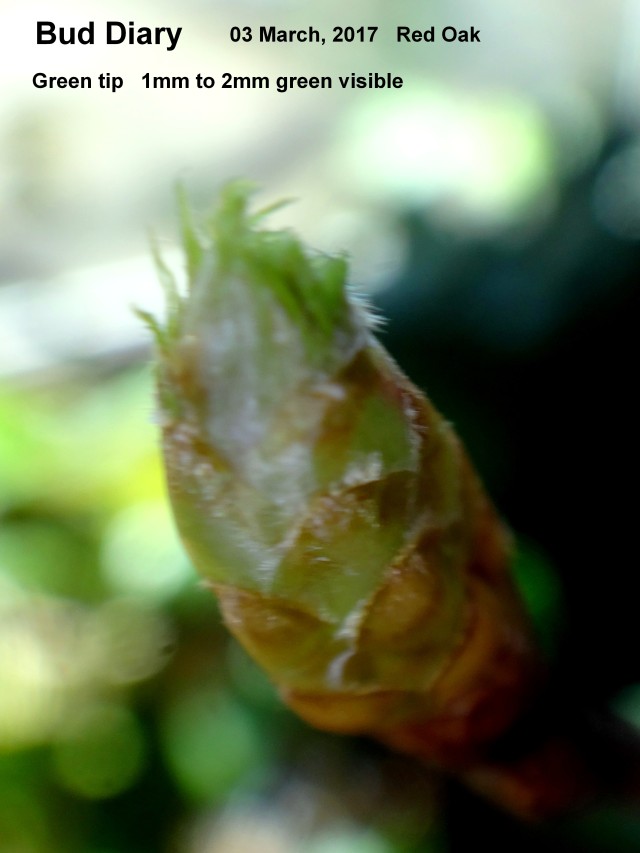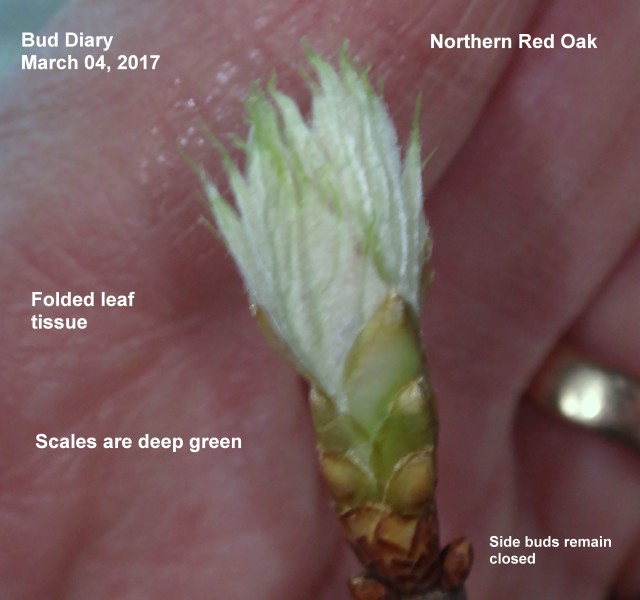

Decaying leaf litter in shallow part of vernal pool, May 16, 2017.
Temperature dipped again last night and moths at the porch light were sleepy. I turned light off and hope they went someplace warmer. I’m awaiting confirmation of species ID because each of these has look-alikes, but the Genera are Orthosia and Lomographa, I think. Update: Orthosia revicta.


Adding a couple more recent ones because they are so pretty.

This (above) is , Eucosma tocullionana, the White Pine Cone Borer, I think. 8mm, small. I hope it’s not a terrible pest, like the Spruce Budworm.

This one is a Tortrix Leafroller, Acleris logiana. 10mm Black-headed Birch Leafroller. Hosts are Alder, Birch and Viburnum, which seem to be doing fine here, so I guess it’s not a terrible problem for them. I like the tufty scales on these. This was on May 11, 2017.

This (above) is Arogalea cristifasciella , White Stripe-Backed Moth; probably given its common name by a guidebook copy-editor. It is listed as common even though its host plant is “unknown” to the Peterson guide authors. 5mm – a micro. At the porch light 11 May. It’s a challenge to get a photo since I don’t have a special lens, just a point and shoot with a close-up choice. You can’t tell from this photo but it has a tuft at its midpoint. I can’t resist the tufts. Okay, I’ll post my out-of-focus of an earlier individual of this species so you can see the tuft (below). This moth (on May 09) flew in our window when I opened it to hear a Barred Owl.

All IDs are subject to correction! Correct ID help is welcomed. Thanks!

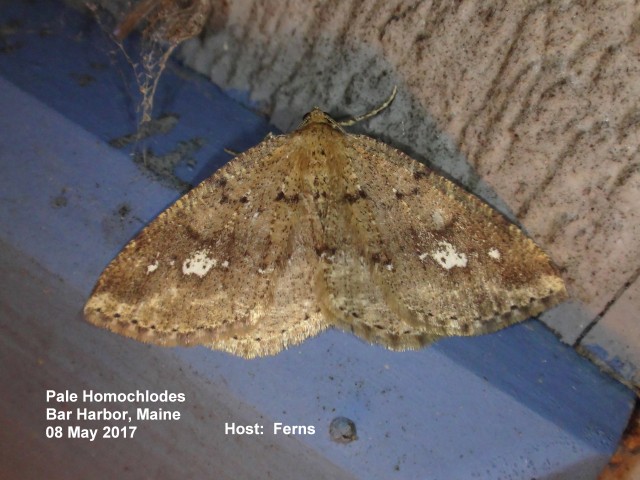
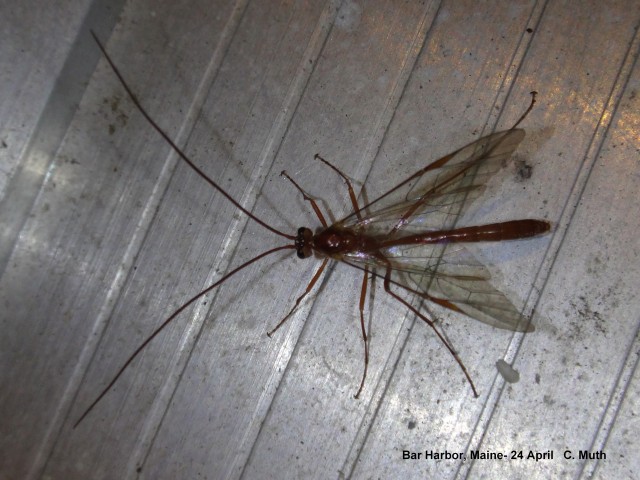


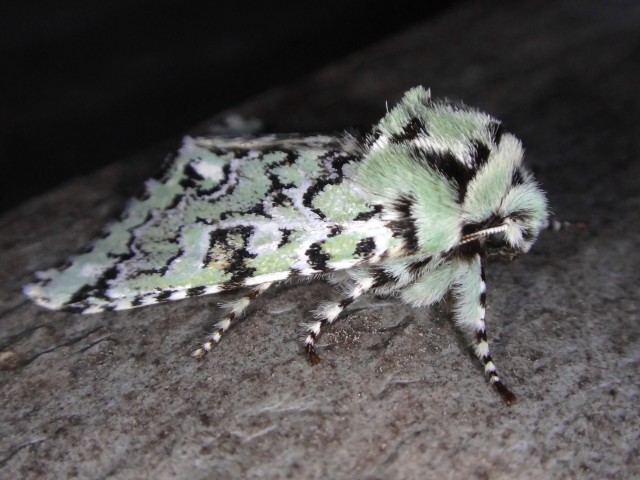




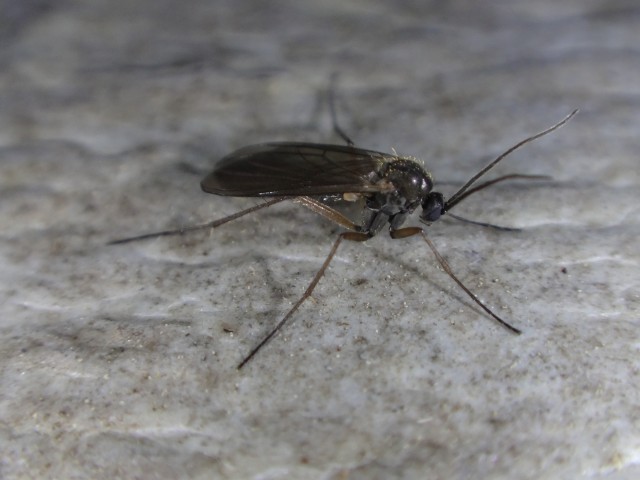

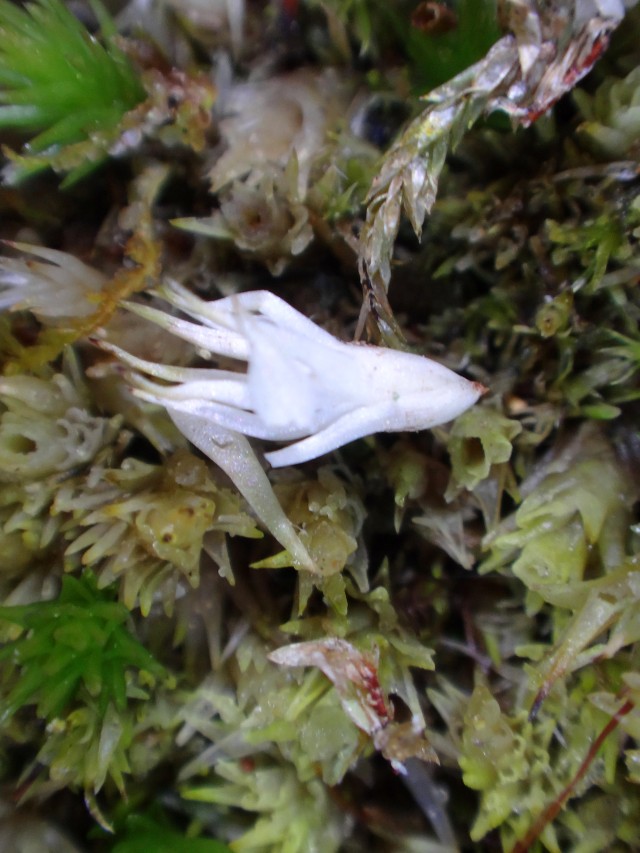



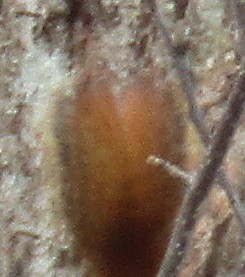 another photo of same Red Squirrel tail, minus its tip
another photo of same Red Squirrel tail, minus its tip
















